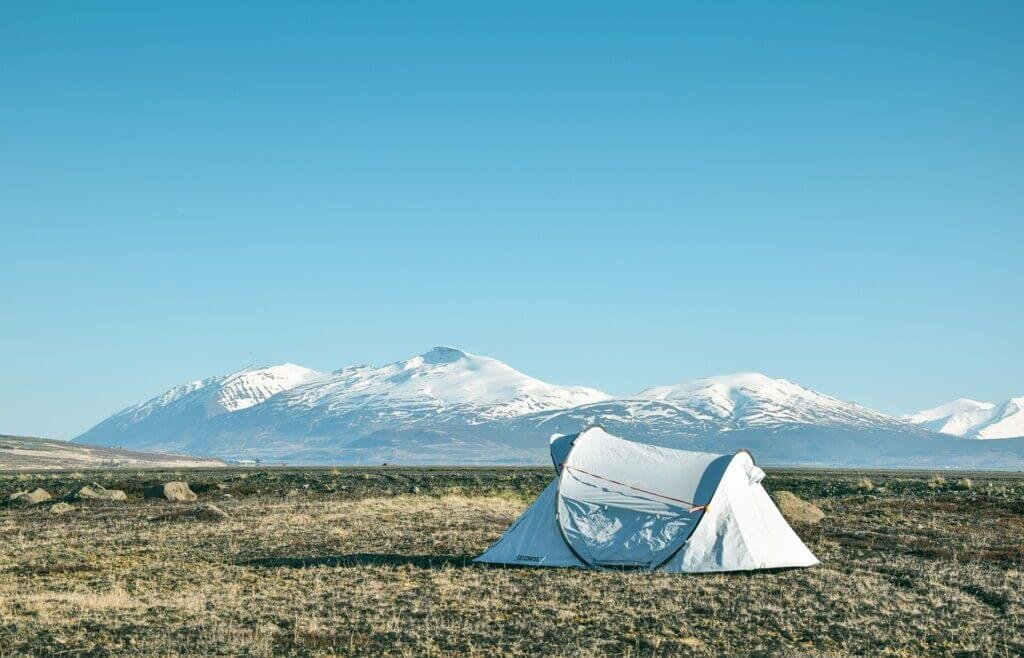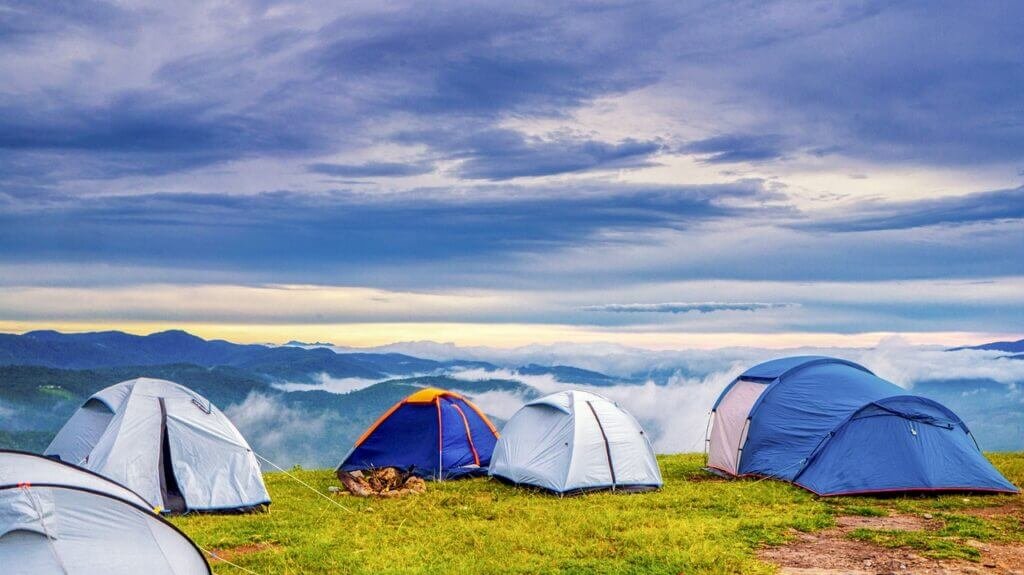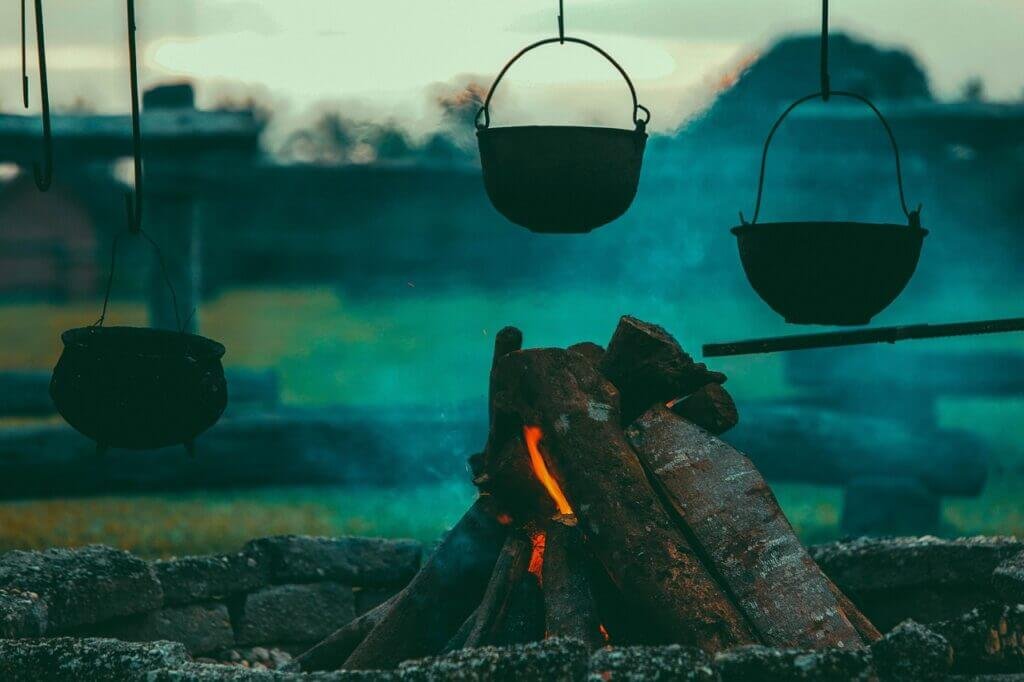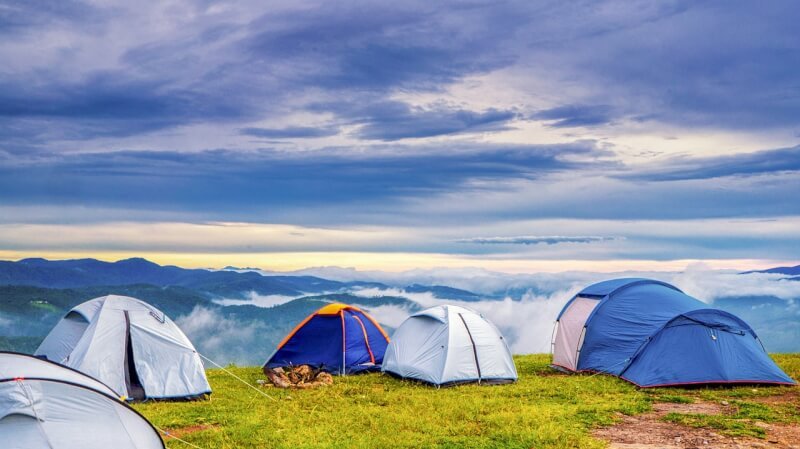Imagine yourself immersed in the mystical beauty of a desert, surrounded by golden sand dunes and breathtaking landscapes. Whether you are a seasoned camper or a first-time adventurer, navigating the desert can be a unique and exhilarating experience. But how can you ensure a safe and enjoyable camping or glamping trip in such harsh and unpredictable conditions? In this article, we will explore the best practices for camping and glamping in desert environments, providing you with valuable insights and tips to make the most out of your desert escapade. So pack your bags and get ready to embark on a memorable journey filled with wonders only a desert can offer.

Choosing the Right Location for Camping
Camping in a desert environment requires careful consideration of the location. To begin with, it is important to understand the climate and weather conditions of the area you plan to camp in. The desert can have extreme temperature variations, with scorching hot days and cold nights. Researching the terrain and accessibility of the site is also crucial. Some areas may have rugged landscapes or limited access, requiring special equipment or vehicles. Additionally, it is important to check for any rules and regulations that may be in place for camping in the area. Certain regions may have restrictions on campfires or specific camping permits. Finally, consider the availability of amenities and facilities. Some campsites offer drinking water, toilet facilities, or picnic areas, which can enhance your camping experience.
Essential Equipment and Gear
When camping in a desert environment, having the right equipment and gear is essential for a comfortable and safe experience. First and foremost, invest in a quality tent that can withstand the elements. Look for tents that provide adequate ventilation to combat the heat during the day and insulation for the cold nights. Sleeping arrangements are also important, so bring sleeping bags or sleeping pads that are appropriate for the temperatures you expect to encounter. Proper clothing and protection are crucial to stay comfortable and protected from the sun’s harsh rays. Opt for lightweight and breathable fabrics that offer sun protection, such as long-sleeved shirts, pants, and wide-brimmed hats. Don’t forget to bring sunscreen and lip balm to protect exposed skin. Additionally, pack cooking and meal preparation equipment like a camping stove, pots, and utensils. Navigation and communication devices, such as a map, compass, or GPS, are also vital to ensure you don’t get lost and can stay connected in case of emergencies.

Water and Hydration
Staying hydrated in a desert environment is of utmost importance. It is crucial to carry enough water for the entire duration of your stay, as desert areas may lack natural water sources. Consider the length of your trip and the exertion level involved in your activities to determine the amount of water needed. Use suitable water containers that are durable and won’t leak or contaminate the water. Stay hydrated by drinking small, frequent sips throughout the day, even if you don’t feel thirsty. Monitor your water intake and be aware of the signs of dehydration, such as dizziness, dry mouth, or dark urine. Properly manage wastewater by avoiding contaminating water sources. This can be done by disposing of wastewater in designated areas or using biodegradable soap and cleaning products.
Protection from the Sun
In a desert environment, exposure to the sun’s rays can be intense, so it is crucial to protect yourself from harmful UV radiation. Wearing sun-protective clothing can significantly reduce your risk of sunburn and heat-related illnesses. Opt for lightweight, loose-fitting, and breathable clothing that covers as much skin as possible. Don’t forget to wear a wide-brimmed hat that shades your face, neck, and ears, and sunglasses that provide UV protection for your eyes. Apply sunscreen with a high SPF to all exposed skin, including your face, neck, and hands. Reapply sunscreen every two hours, or more frequently if you are sweating or swimming. Don’t forget to protect your lips with a lip balm that contains SPF. Lastly, create shaded areas at your campsite by using sunshades, tarps, or setting up camp under natural shade if available.

Dealing with Extreme Temperatures
Desert environments are known for their extreme temperature variations, with scorching hot days and chilly nights. It is important to prepare for these temperature fluctuations to ensure comfort and safety. When camping in the desert, it is crucial to properly insulate your tent to regulate the internal temperature. Use a tent that has good insulation properties and consider adding a rainfly or reflective tarp to provide extra shade during the day. During hot days, it can be helpful to use a portable fan to circulate air inside the tent. In cold nights, a portable heater or hot water bottles can provide warmth. Additionally, adapt your clothing to the changing temperatures. Layer your clothing to easily adjust your level of insulation throughout the day. Have lightweight and breathable clothing for hot days and warm, insulating layers for cold nights.
Safety and Emergency Preparedness
Safety should always be a priority when camping, especially in desert environments where the risk of dehydration, heatstroke, or getting lost is higher. Before embarking on your camping trip, inform others about your plans and itineraries, including the expected return dates. This way, someone will be aware if anything goes wrong or if you encounter any emergencies. It is also crucial to carry a well-stocked first aid kit that includes essential items like bandages, disinfectant, pain relievers, and any necessary medications. Consider learning basic desert survival skills, such as finding water sources, navigating without a GPS, and starting a fire. Keep emergency contact information easily accessible in case you need to call for help. Preparation and vigilance are key to keep yourself and your fellow campers safe.
Respecting the Environment
Camping in a desert environment comes with a responsibility to respect and preserve the natural surroundings. Leave no trace behind by properly disposing of waste and packing out everything you bring in. This includes picking up trash, not leaving any food scraps, and properly disposing of human waste. Avoid damaging vegetation and wildlife by staying on designated trails and not disturbing animal habitats. Be mindful of noise pollution, as loud noises can disturb both wildlife and other campers. Take the time to learn about the local culture, history, and traditions of the area you are visiting. Show respect for the land and its people by following any cultural or historical site regulations. By practicing these principles, you can ensure that the desert environment remains pristine for future generations.
Wildlife and Insect Awareness
Desert environments are rich in wildlife, and it is important to be aware of the species you may encounter and take precautions to avoid any negative encounters. Research the local wildlife species and familiarize yourself with their habits and behaviors. Keep a safe distance and avoid approaching or feeding animals as they may become aggressive. Properly store food in secure, animal-resistant containers to avoid attracting wildlife to your campsite. Additionally, keep food away from sleeping areas to prevent animals from entering your tent. Protect yourself from insects and bugs by using insect repellents and wearing long-sleeved shirts and pants. Use mesh screens or bug nets on your tent to create a barrier against insects. Be cautious when handling or approaching any unfamiliar plants or animals, as some desert species may be venomous or have sharp spines.
Food Storage and Cooking
Proper food storage and cooking practices are essential when camping in a desert environment to prevent attracting wildlife and to maintain hygiene. Use secure, animal-resistant food storage containers that are designed to keep wildlife out. These containers should be airtight and made of durable material to prevent animals from getting into your food. Keep food away from sleeping areas to further discourage animals from visiting your campsite. Practice proper food handling and hygiene by washing your hands before and after handling food and using separate cutting boards for raw and cooked food. Cook food thoroughly to kill any bacteria or parasites that may be present. Choose suitable cooking methods that are safe and efficient, such as using a camping stove or grill.
Preparation and Planning
Preparation and planning are key to ensure a successful camping trip in a desert environment. Check weather forecasts and conditions before your trip to be prepared for any extreme weather events. Create a detailed itinerary that includes your planned activities, routes, and estimated timings. Share this itinerary with friends or family members, so they know where you’ll be and when to expect your return. Pack appropriate supplies and equipment for your camping trip, including sufficient water, food, clothing, and camping gear. It is also important to bring any necessary permits or licenses for camping in the area. By taking the time to plan ahead, you can have a more organized and enjoyable camping experience in the desert.


